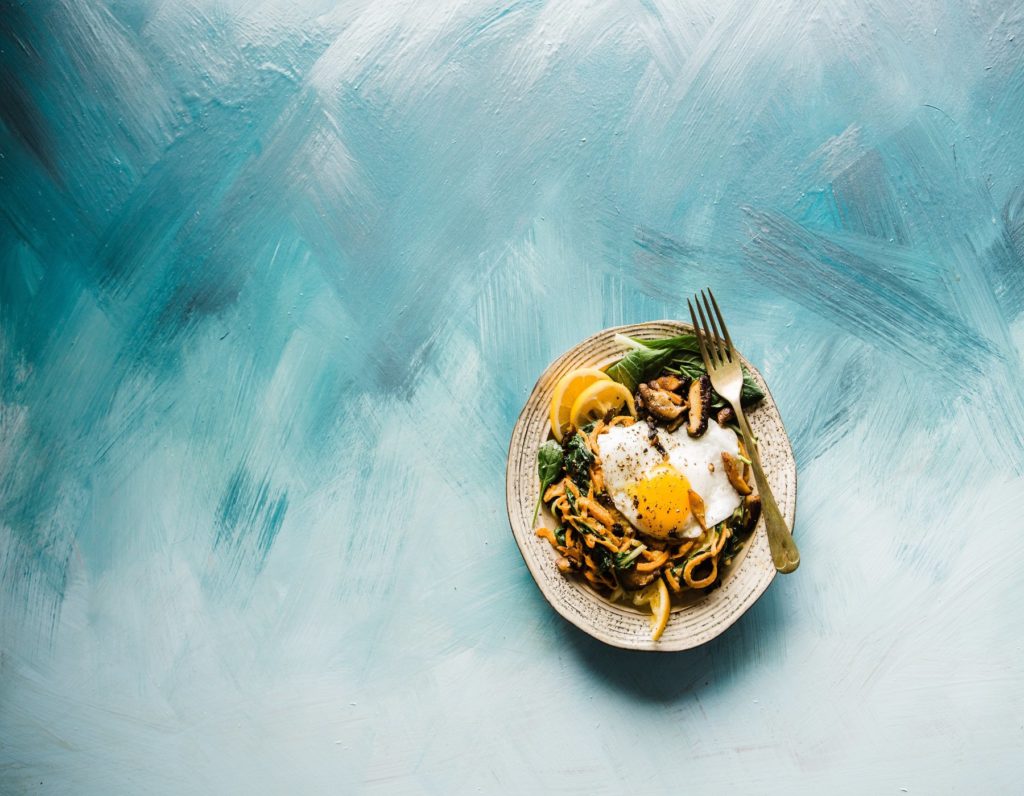There is no doubt that eating less meat is good for our planet, but if you are not ready to give up meat entirely, how to make a more sustainable choice? Or have you ever thought about where the fish in your soup comes from? Or if have you ever wondered how to reduce environmental impact of your meals?
‘We are what we eat!’ confirms the important kinship between food and human. Food is culture, a sense of identity and a personal preference. But globally, our food system constitutes roughly a quarter of manmade greenhouse gas emissions. A good enough reason to rethink our food consumption and include ‘the good food for the planet Earth’ into our next recipe!
Anna Richert (Hållbar mat, WWF Sweden) discussed the role of WWF in achieving sustainable production and consumption at the seminar organized by SLU Future Food on 18 October 2018 at SLU in Ultuna.
According to Anna, climate impact from food consumption is about as big as of the transportation sector. It is extremely important to address food, since it is one of the easiest activities in our everyday lives. Reducing your climate impact by eating more vegetables is also healthy and tasty.
WWF Sweden aims to transform production and consumption of food to increase sustainability. There are three interesting tools developed by WWF Sweden that can help you to make the right choice on food consumption.
‘Our Planet Plate’ is a campaign with which WWF Sweden hopes to raise climate change awareness about food consumption. Aiming to address the goal of the Paris Agreement to limit global warming to 1.5 degrees, WWF provides information on how much greenhouse gases a meal should release to achieve the goal.
WWF Food Calculator is a tool that gives you an idea of how much greenhouse gas emissions your breakfast, lunch or dinner leads to. This tool informs how much carbon dioxide equivalents (CO2) is released from the ingredients you use to cook. If you want to reach the goal of 1.5 degrees emission reduction, you are looking at having approximately 11 kg of CO2 equivalent food per week. You do not have to be vegan to reach this goal, according to Anna Richert. But you have to be creative with your recipes. For instance, you could choose free-range meat or opt for local fish over mass-produced meat or imported fish.
Initiated by SLU, a ‘Meat-Guide’ has been taken up and expanded by WWF Sweden since 2015. The Meat-Guide bases on five criteria of climate, biodiversity, chemical pesticides, animal welfare and antibiotics. You can download the Meat-Guide app onto your phone and use the next time you do your groceries. The app rates different kinds of meat (chicken, lamb, pork) and protein-substitute products as green (eat moderately), yellow (be careful) and red (avoid). For example, Swedish free-range meat with Krav-certificate (green light) is more sustainable to eat than a pack of meat from South-America (red light).
A ‘Fish-Guide’ has a very similar interface mobile app to the Meat-guide. Using three colour traffic lights rating, we can easily see which fish or shellfish are good to eat (in green) and which to avoid (in red). One type of fish might give different lights, depends on where the fish has been caught.
Even though, there are many tools and criteria to consider, Anna Richert suggests the basic rules of thumb for food consumption are:
- To think ahead, ‘What do I actually need?’.
- To buy certified, environmental labels and local food.
- To consider food waste: don´t be afraid of veggies with spots on them, they usually taste better. Look for offers for food where the best-before-date is getting closer. Don´t be afraid of buying broken packaging (unless the food is damaged).
This news story is based on the seminar ‘How to transform science into action – The role of WWF in achieving sustainable production and consumption of food’, organized by SLU Future Food on 18 October 2018 at Ultuna Campus, SLU.
SLU Future Food is a research and collaboration platform created with an aim to develop knowledge, solutions and innovations to ensure that the entire food system is characterized by economic, ecological and social sustainability to overcome tomorrow’s challenges.
